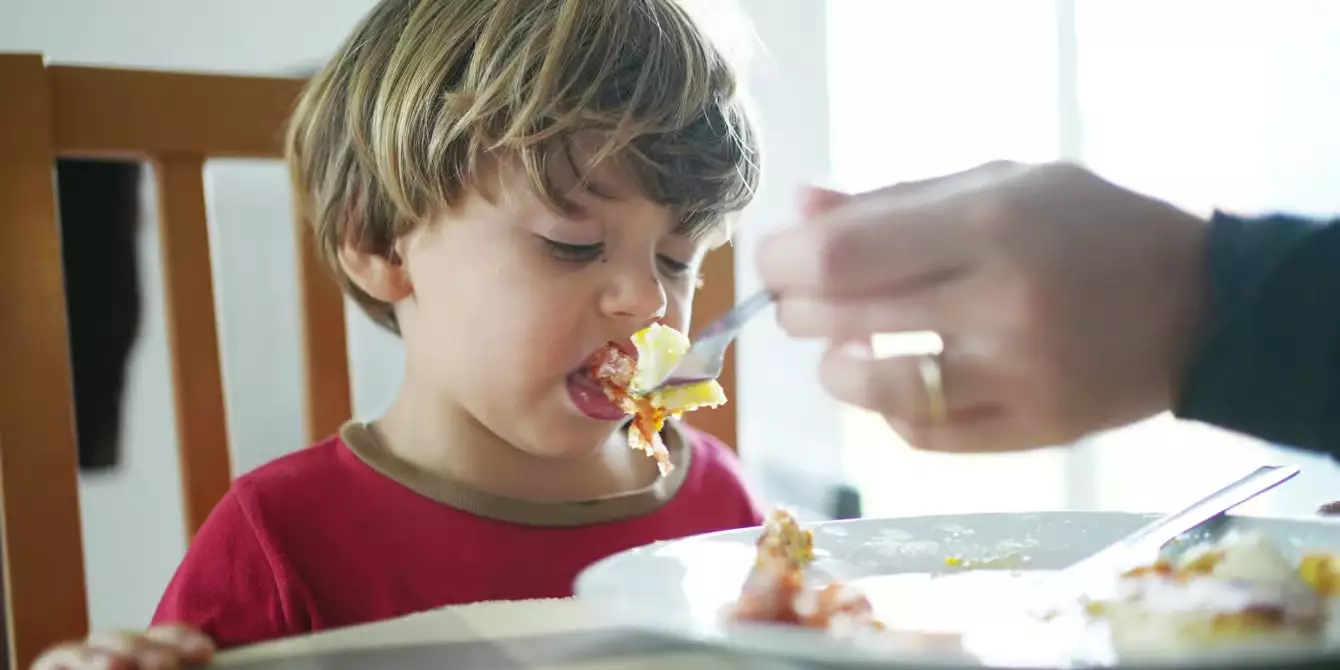When my first child, Max, was a toddler, a persistent adage echoed around me: “When a child gets hungry enough, they’ll eat.” Initially, I believed this simple wisdom would guide my approach to nurturing a healthy eater. However, I quickly learned that every child is unique, and for Max, hunger didn’t seem to provoke the instinct to eat. Despite my efforts, he exhibited little desire for food. As the days turned into weeks, I found myself grappling with the growing numbers on the pediatric charts; while Max’s growth trajectory was supposed to remain steady, he fell dramatically from the 50th percentile in height and weight to below the 10th percentile. This alarming trend propelled me into a whirlpool of anxiety, and I often found myself oscillating between coaxing, bribing, and outright begging for him to just take a bite.
Nurturing an unyielding appetite is a universal challenge for many parents, but my journey with Max exposed the inadequacies of conventional parenting advice. Routine meal times, a diverse array of foods, and minimizing distractions were commonly heralded solutions; yet, none provided the panacea I desperately sought. The end result was a tense atmosphere during meal times, morphing a simple act of nourishment into a battleground that left us all feeling defeated.
The Breaking Point
Our pivotal moment arrived one fateful dinner when I served a meal I knew Max liked. He hadn’t eaten anything since lunch, and logic would dictate that he should be eager to fill his tummy. Instead, he became intention-driven to dawdle, ignoring my requests while his persistence to drop food onto the floor filled the room with a desperation I could taste. The situation escalated, and I felt the tension rising within me. In a moment of exasperation, I offered him an enticing muffin on the condition that he first take a single bite of fried rice—the same rice I had prepared with the hope of providing him some nutritional value.
When Max confidently rejected my terms, returning the muffin with a cheeky grin, an epiphany struck me. I had become ensnared in my expectations of what behavior should look like during mealtimes. As I watched him take charge of the situation, I realized there were far more productive ways to foster a healthier relationship between Max and food.
Letting Go of Control
This revelation inspired a radical shift in my approach. I began to trust my instincts and scrutinize the strict parameters I had imposed around mealtime etiquette. Instead of insisting that my sons eat at the dinner table, we started having meals while lounging in front of the TV, where I noticed my second-born could easily munch away without distraction. Meanwhile, Max remained transfixed by the screen, often forgetting to eat. In response to this engagement gap, I became his enthusiastic partner in this food journey: spoon-feeding during shows and occasionally taking my time to hit the pause button on the remote until he took a bite.
Our mealtimes evolved from rigid rituals into fluid moments of connection, as I embraced spontaneity instead of control. If Max rejected a meal I served, I no longer forced my agenda. Instead, I employed playful strategies like asking him to take a single “test bite.” This novel approach turned the tables, and bit by bit, I saw shifts in his willingness to explore new foods alongside the comfort of the familiar.
Discovering Play in Meals
An unexpected twist marked the culmination of our evolving relationship with food. Max ventured towards me one day, excitement bubbling over as he proposed an imaginative scenario: he wanted me to pretend to be a puppy while he enjoyed a delicious ice block. Instead, I turned the prop into an opportunity, suggesting that he could act like a puppy while I fed him dinner from my hand. The playful exchange not only made eating appealing but also infused joy into mealtimes, creating an environment where Max felt free to experiment with what he consumed, free from the pressures of adult expectations.
Embracing a less conventional approach not only fueled Max’s desire to eat but also deepened our bond as a family. I learned that nurturing a child’s heart is just as critical as nourishing their body, offering them the freedom to explore and engage with food in playful, loving ways. By recognizing the impact of creativity and collaboration, I witnessed an evolving palette that blossomed out of love and laughter—elements that a rigid feeding schedule could never provide.
Through our journey together, I was humbled to discover that nurturing good habits around food isn’t solely about adherence to rules. Instead, it’s about encouraging an environment where love thrives, where acceptance flourishes, and where each mealtime becomes a celebration rather than a chore.

